When it comes to selecting the perfect components for your dream gaming PC, it can seem a little daunting. Especially when you have to consider the size of your hardware, not just the type of hardware you need.
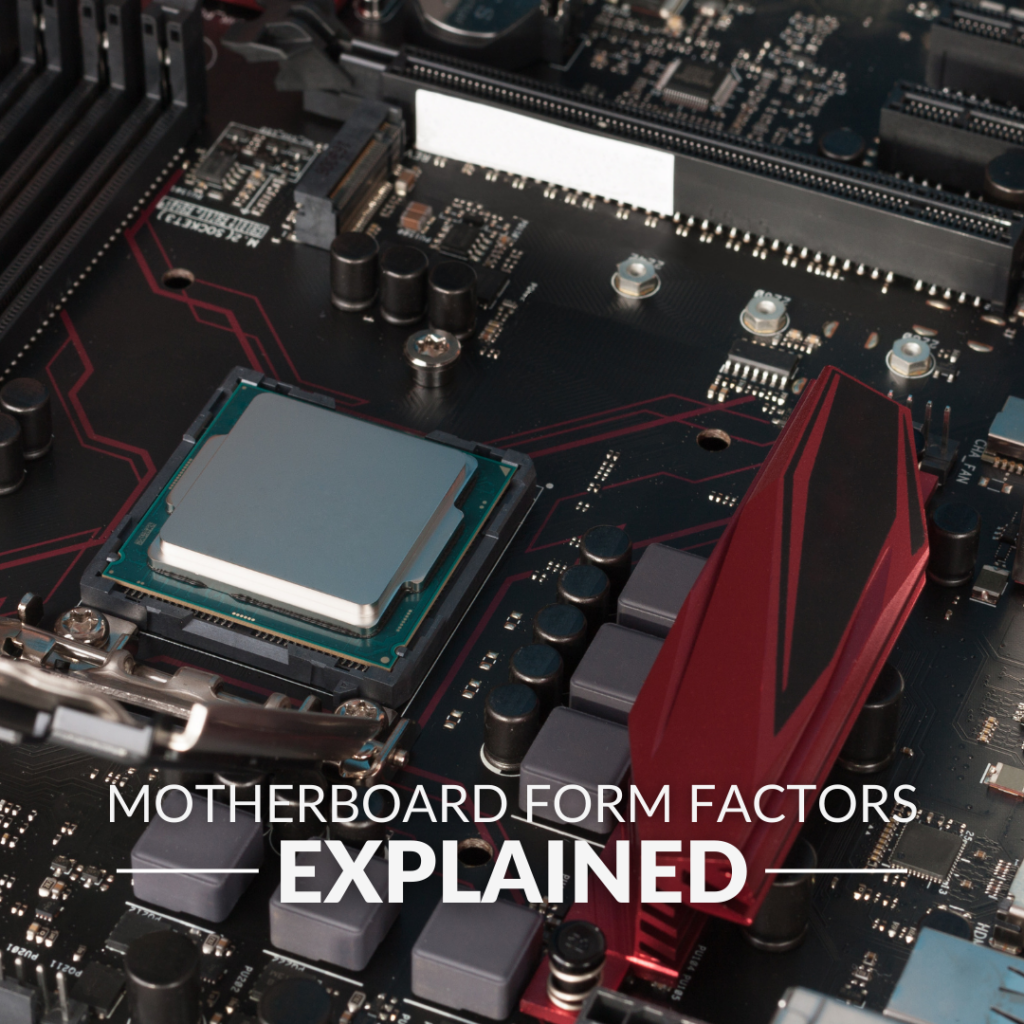
But fear not – that’s where our team of PC experts at Overclockers UK comes in! We’ve compiled this handy guide detailing everything you need to know about different motherboard form factors, so sit back, grab a cuppa, and keep on reading.
What is a Motherboard?
As the foundation of your PC, the motherboard acts as a hub of connectivity for all your components. It is usually situated at the center of the PC with numerous wires and components connected. Motherboards are available in different form factors to suit all sizes of computer chassis.
Want to learn more about your PC’s motherboard? We’ve taken a deep dive into everything that makes up a motherboard in our ‘Anatomy Of’ series. Check out our post for more.
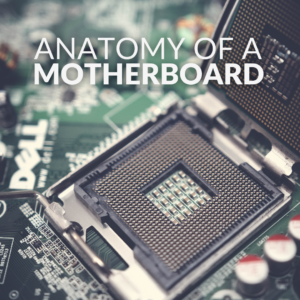
What are the Different Form Factors?
There are four primary motherboard form factors:
- Mini-ITX
- Micro-ATX
- ATX
- E-ATX
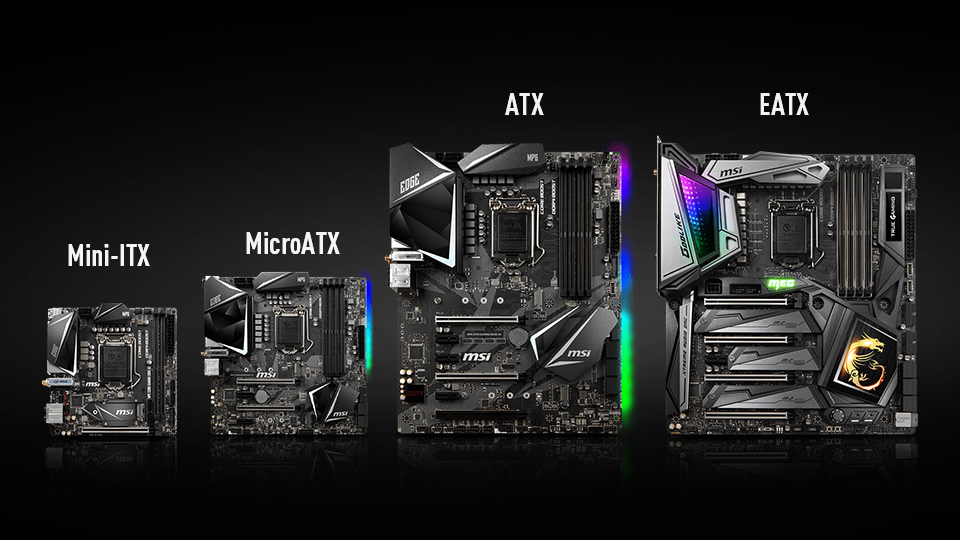
Mini-ITX:
The standard form factor available, Mini-ITX, is typically 17cm x 17cm, perfect for small, space-saving PCs. The motherboard features all the core components including DIMM slots for RAM, usually 1 x PCIe lane, and a plethora of USB connectivity ports. Regardless of their small form factor, these motherboards have everything you need as a foundation for a small, yet mighty gaming PC.
With a Mini-ITX motherboard, you can create your own Mini-ITX PC. Utilising space-saving components will result in a lightweight and budget-friendly system that you can still pack with some incredible gaming hardware.
Advantages
- Ideal for small cases
- Often low cost
Disadvantages
- Doesn’t support multi-GPUs
- Not suited for extreme overclocking
- Small RAM capacity
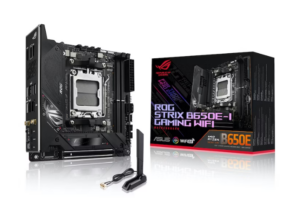
ASUS ROG Strix B650E-I Gaming DDR5 Mini-ITX Motherboard:
- AM5 Socket
- Compatible with AMD Ryzen 7000 Series
- DDR5 RAM
- PCIe 4.0
The case I would recommend would be the Kolink Rocket.
Kolink Rocket Mini-ITX Case:
Expertly crafted to fully utilise a Mini-ITX set-up, this chassis is small and compact, perfect for creating a space-saving PC. Whilst it may be small, this case can support AiO radiators of up to 240mm on the top panel and even triple-slot vertical GPU, thanks to the mount and PCIe 3.1 riser cable. Plus, the dual tempered glass side panels allow you to display your custom Mini-ITX set-up with pride.
- Designed for Mini-ITX motherboards
- Dual tempered glass side panels
- Aluminum front panel with hexagon cutouts
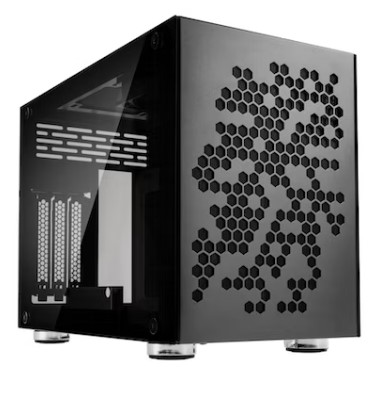
Micro-ATX:
Similar to Mini-ITX, Micro-ATX motherboards are suitable for smaller builds and are ideal for any budget. Micro-ATX features all the core technology, such as DIMM slots for RAM, however, is more suited to a single GPU set-up. This is because the motherboards usually come with only one PCIe lane.
What’s more, as they are slightly larger than Mini-ITX, these motherboards can’t fit into the small Mini-ITX chassis but can easily be installed into mid or full tower cases. Plus, due to the small size, take advantage of optimised airflow and cooling for a virtually silent operation.
Advantages
- Can fit into most cases
- Ideal for single GPU setups
- Ideal for any budget
Disadvantages
- Doesn’t support multi-GPUs
- Not suited for extreme overclocking

ASUS TUF Gaming B650M-Plus DDR5 Micro-ATX Motherboard:
- AM5 socket
- B650 chipset
- Compatible with DDR5 RAM and PCIe 4.0
- Micro-ATX form factor
For Micro-ATX motherboards, the case I would recommend is the Kolink Citadel.
Kolink Citadel Mesh Micro-ATX Case:
Sleek, black, and featuring a tempered glass side panel, this chassis is perfect for gamers looking for an upgrade – without breaking their wallets. With support for up to Micro-ATX motherboards, this case is also compatible with a 280mm AiO radiator and GPUs of 345mm in length (320mm if you are using an AiO). Plus, the included PSU shroud means you can truly create a custom, neat and dynamic Micro-ATX set-up that utilises all the latest gaming hardware.
- Designed for Micro-ATX motherboards
- Tempered glass side panel
- Full mesh front panel
- Vertical GPU support
- 2 x 120mm pre-installed fans
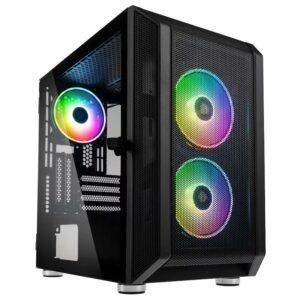
ATX:
ATX motherboards typically measure 30.5cm x 24.4cm and can fit inside mid or full tower cases. The extra size means this type of motherboard comes with multiple PCIe lanes allowing for multi-GPU support.
Suited for gamers and enthusiasts looking to take full advantage of the latest gaming hardware, ATX motherboards feature higher RAM capacity and are often better for extreme overclocking.
Advantages
- Higher RAM capacity
- Suited for multi-GPU support
- Better for extreme overclocking
Disadvantages
- More expensive
- Won’t fit inside smaller cases

ASUS Prime B760-Plus D4 DDR4 ATX Motherboard:
- ATX form factor
- LGA 1700 socket
- Compatible with Intel 12th and 13th Gen CPUs
- PCIe 5.0 compatiblity
- DDR4 RAM support
To fully utilise the ATX motherboard standard, I would recommend the Lian Li Lancool 205 Case.
Lian Li Lancool 204 Mid Tower:
Available in both white and black, the Lian Li Lancool 205 features an aesthetically pleasing design along with support for custom build configurations. In classic Lian Li fashion, this case is packed with optimised cooling abilities, including up to four fans, along with integrated air inlets for superior airflow. Alternatively, if you wish to build your dream water-cooling set-up, the Lian Li Lancool 205 can even support a 280mm AiO radiator. This is ideal for creating an ATX build, especially when overclocked, as additional airflow and cooling are needed for extreme overclocking.

- Support for Micro-ATX and ATX motherboards
- Tempered glass side panel
- Slide vents and magnetic dust filters
E-ATX:
Designed to be an extension of the standard ATX form factor, E-ATX motherboards measure a whopping 30.48cm x 33.02cm!
All the extra space allows for optimal airflow and cooling, perfect for overclocking enthusiasts looking to get the most out of their hardware. Plus, E-ATX motherboards typically feature support for multi-GPU set-ups and include a higher RAM capacity, which is attractive for competitive gamers and content creations alike.
E-ATX motherboards are more expensive than standard ATX boards and are designed to fit in larger cases. To take advantage of an E-ATX motherboard, it’s recommended you have a full tower case. Certain mid-tower will have the space – such as the Lian Li O11D – but before you buy, we advise you to double-check that your case is compatible with an E-ATX board.
Advantages
- Higher RAM capacity
- Multi-GPU support
- Suited for gamers & enthusiasts
Disadvantages
- More expensive
- Won’t fit inside small cases

Gigabyte Z790 Aorus Master DDR5 E-ATX Motherboard:
- E-ATX form factor
- LGA 1700 socket
- Compatible with Intel 12th and 13th Gen CPUs
- PCIe 5.0 compatiblity
- DDR5 RAM support
For an E-ATX build, I recommend the whopping Corsair Obsidian 1000D Super Tower Case. The reason is in the name… super tower.
Corsair Obsidian 1000D Super Tower:
Capable of holding two full PC set-ups, thanks to the dual-system layout, you can truly take advantage of the latest gaming hardware with this chassis. Featuring a dynamic and attractive obsidian design, the Corsair Obsidian 1000D will fit effortlessly into any aesthetic. Plus, with an integrated Corsair Commander Pro, take control of the built-in RGB lighting to tailor your system to suit your style.
A triple-chamber design, along with ample cooling options means this PC will always remain cool and whisper-quiet, even during heavy-duty loads. With support for up to 13 fans and even four AiO radiators simultaneously, noise fans will become a thing of the past. What’s more, the rotatable GPU bracket means you can configure a standard or vertical GPU mounting for a truly unique-looking build. All of which, you can display with pride thanks to the smoked tempered glass side doors.

- Support for E-ATX motherboards
- Space for up to four radiators and 13 fan slots
- Triple-chamber design
- Includes a rotatable GPU bracket
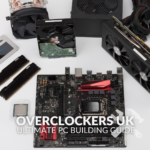
Building your own gaming PC can be a daunting task. That’s why we’ve put together the Overclockers UK Ultimate PC Building Guide.
Want to Learn More About Your PC Hardware?
Looking to enhance your knowledge of PC hardware? Check out the other articles in our ‘Form Factors’ Explained series.
Your Chosen Motherboard Form Factor?
Which mobo size and PC case did you go for? Let us know in the comments.

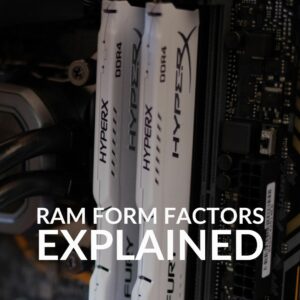


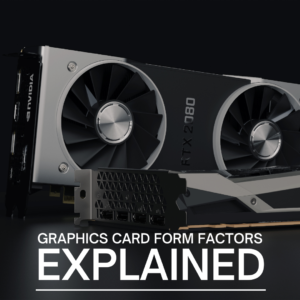
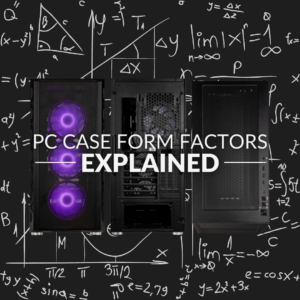
Its a great moment of leaning more about the four types form factors of motherboard, kudus to this site and a friendly leaning too.
via GIPHY
I’m impressed by the content here! It’s both exciting and informative, and I’ve learned a lot about the different types of motherboards. Thank you for putting together such a helpful resource!
via GIPHY